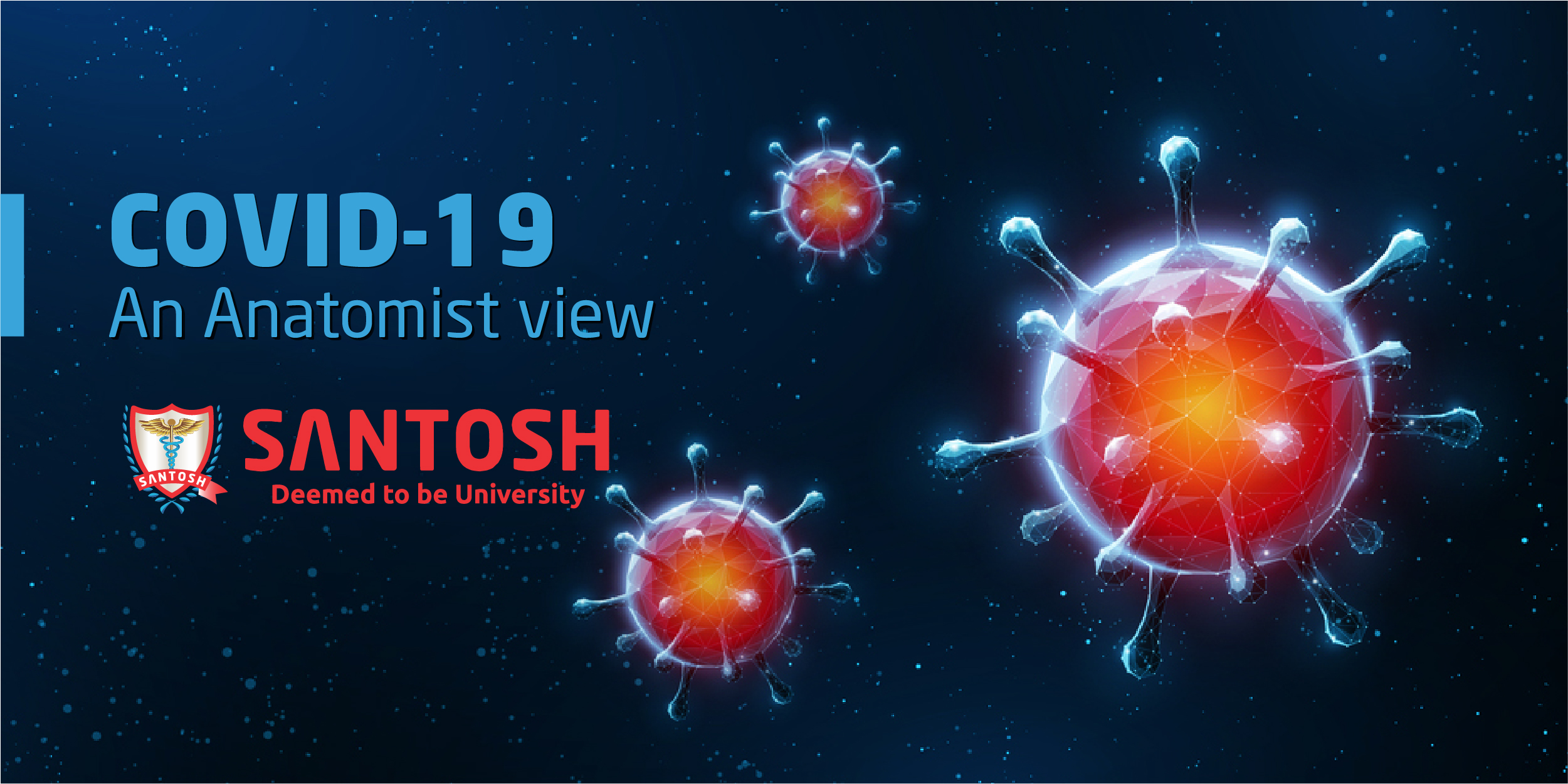
The coronavirus is a family of viruses that causes a range of illnesses in humans which includes common cold and more severe forms like severe acute respiratory syndrome (SARS) and the Middle East respiratory syndrome (MERS) which are life-threatening. The virus got its name after its shape which takes the form of a crown with protrusions around it like a crown and hence it is known as coronavirus.
According to reports that domestic cats and ferrets are susceptible to infection by severe acute respiratory syndrome (SARS)– which is again associated coronavirus (SARS-CoV) isolated from a patient infected with SARS. This virus can be efficiently transmitted to other uninfected animals that are housed with them. Animals shed SARS-CoV from the pharynx at 2 days post-infection and continue doing so through 10 and 14 days post-infection. This finding of COVID-19 is similar to that of SARS transmission in humans in which SARS-CoV can be quickly spread from person to person through close contact.
SARS-CoV has been found in lungs, small intestine, distal convoluted renal tubule, sweat gland, parathyroid, pituitary, pancreas, adrenal gland, liver trachea/bronchus, stomach, and cerebrum, but was not detected in esophagus, aorta, cerebellum, thyroid, testis, ovary, spleen, lymph node, bone marrow, heart, uterus or muscle. These results also suggest that, in addition to the respiratory system, the gastrointestinal tract and other organs in which SARS-CoV has been detected may also be targets of SARS-CoV infection. The pathological changes in these organs may be caused directly by the cytopathic effect which is mediated by local replication of the SARS-CoV; or even indirectly as a result of systemic responses to the respiratory failure or even the harmful immune response which is induced by a viral infection. In addition to viral spread through a respiratory route, SARS-CoV in the intestinal tract, kidney, and sweat glands may be excreted via feces, urine, and even sweat which thereby leads to virus transmission. The study provides important information for understanding the pathogenesis of SARS-CoV infection and also sheds light on the possible virus transmission pathways.
Mode of affecting lungs by the coronavirus
Patients who are suffering from coronavirus infection end up having damage to the walls of the air sacs in their lungs — those that help oxygen in passing through into the red blood cells which results in diffuse alveolar damage.
In a healthy lung, oxygen within these air sacs (alveolus) travels through and reach the small blood vessels (capillaries). These tiny vessels thus, in turn, deliver the oxygen to your red blood cells. The wall of the alveolus is very thin in a normal person thus oxygen can easily get from the air space in between to the red blood cell,” Both the wall and lining cells of the alveolus as well as the capillaries get damaged by the coronavirus. The debris that gets accumulated because of all of that damage lines the wall of the alveolus. It is in the manner paint would cover a wall. The damage in the capillaries also causes them to leak plasma proteins which in turn add to the wall’s thickness.
Eventually, the wall of the alveolus gets thicker than it should actually be. The thicker the wall gets, the harder it gets to transfer oxygen, and the more you feel shortness of breath, and the more and more you start moving towards severe illness and possibly even death.”
Coronavirus can have severe complications, such as pneumonia. It occurs if the virus causes infection of one or both the lungs. The tiny air sacs inside the lungs get filled with the fluid or pus, making it harder to breathe. Coronavirus can also damage the liver, heart, or kidneys. In some people, it can also affect the blood and immune system. For example, COVID-19 can cause heart, renal, or multiple organ failure, which results in death. Some people are more at risk of severe complications in comparison to others, such as heart disease, people with HIV, pregnant women, people with asthma, diabetes and lung disease.